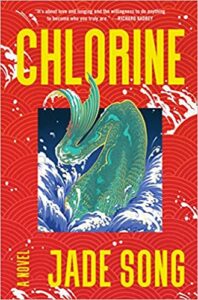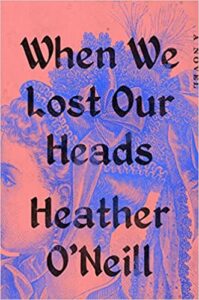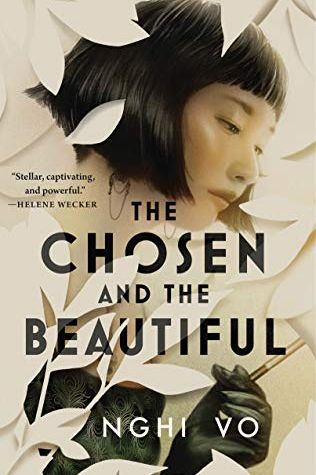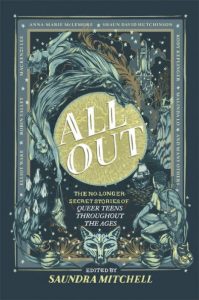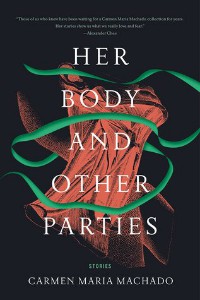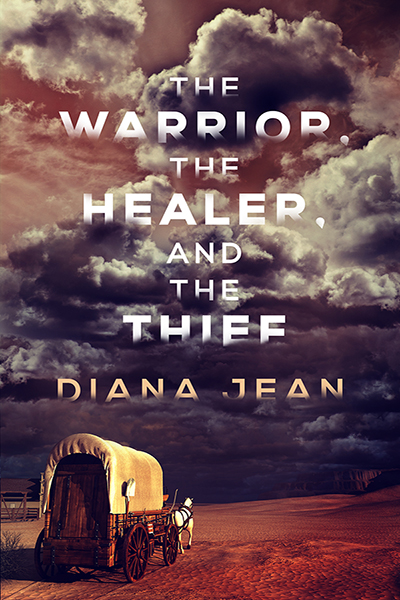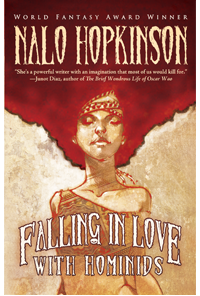In their debut novel Chlorine, Jade Song (she/they) draws upon her twelve years of lived experience as a competitive swimmer to craft the dark and complex inner world of Ren Yu, a Chinese American teenager coming of age in Pennsylvania and stepping—or rather, swimming—into her true destiny: becoming a mermaid. While Song is clearly a compelling writer, Ren’s voice felt inconsistent and I often struggled to discern whether or not Song was invoking aspects of magical realism.
When Ren is four years old, her mother gifts her a book of mermaid folklore from around the world. Thus begins Ren’s thirteen-year journey from girl to mermaid. Although Ren is largely disconnected from her human existence, her love and tenderness towards her mother is palpable. Despite the cost, time, and energy, Ren’s mother is incredibly supportive of her swimming. Early in the book, Ren’s father abandons Ren and her mother to return to China. As a single parent, Ren’s mother struggles to make ends meet, but consistently shows up for Ren in meaningful ways and even when she does not understand Ren’s motivations.
Ren narrates the novel, which is interspersed with letters from her teammate and closest friend, Cathy. Ren’s obsession with becoming a mermaid and her detachment from both her humanity and the traumatic events in her life make her seem like an unreliable narrator. In contrast, Cathy’s letters ground the book and provide much-needed clarity as to the events that are transpiring, but it is apparent that her judgment is somewhat skewed by her feelings for Ren. Ren never labels her sexuality, but she does explore queer and sapphic feelings and connections throughout the book.
As much as I wanted to love Chlorine, it fell flat for me. Ren’s dissociation from reality made it hard for me to connect with her as a character. I also felt like I was at an impasse throughout my reading experience because I could not figure out if Song was incorporating elements of magical realism or if I was simply witnessing the steady decline of Ren’s mental health. That being said, I really enjoyed Song’s writing style. There is a rawness and honesty to their writing. She also has incredible attention to detail. There were times she wrote so poignantly, I could feel Ren’s anxiety, desperation, longing, or hopefulness in my own body. I craved more of those scenes.
Even though Chlorine was not my favorite, I would definitely read another book by Song.
Trigger Warnings: Chlorine is rife with casual misogyny, most often espoused by Ren’s swim coach, Jim, who essentially grooms Ren from the time that she is seven years old. There are also discussions and instances of racism, self-harm, eating disorders, homophobia, depression, and sexual violence.
Raquel R. Rivera (she/her/ella) is a Latina lawyer and lady lover from New Jersey. She is in a lifelong love affair with books and earned countless free personal pan pizzas from the Pizza Hut BOOK IT! program as a kid to prove it.

